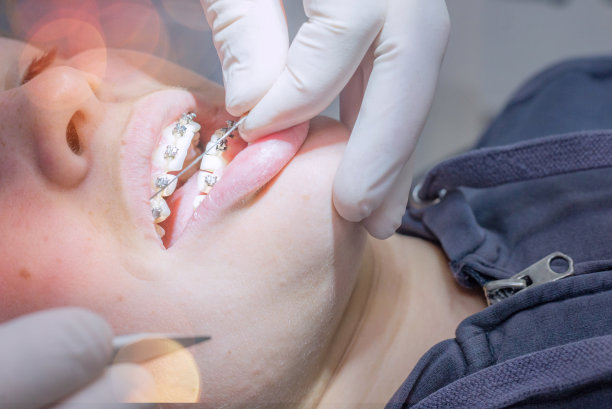The Essential Guide to Extracting a Tooth Safely and Comfortably for All Dental Patients
Summary: The process of tooth extraction can often be daunting for dental patients, leading to anxiety and concern. This guide aims to provide essential insights into extracting a tooth safely and comfortably, focusing on four crucial aspects: understanding the procedure, pre-extraction preparations, post-extraction care, and pain management techniques. By fostering a better understanding and offering practical advice, this article seeks to alleviate fears and enhance the overall dental experience, ensuring patients can approach tooth extraction with confidence and ease.
1. Understanding the Tooth Extraction Procedure

Tooth extraction is a common dental procedure that can be necessary for various reasons. Whether due to decay, overcrowding, or infection, understanding the procedure itself is crucial. Dental professionals typically assess the tooth through X-rays to determine its condition before deciding on the need for extraction.
The extraction process generally involves numbing the area around the tooth, which allows patients to remain comfortable throughout the procedure. Depending on the complexity of the extraction, it can be performed under local anesthesia or sedation. Knowing these details can help patients feel more at ease with what to expect during their visit.
Furthermore, its essential for patients to communicate openly with their dentists about their fears and the specific details they wish to know. This conversation can help tailor the extraction process to their comfort level, enhancing the overall experience.
2. Pre-Extraction Preparations and Guidelines
Proper preparation before a tooth extraction plays a vital role in ensuring a smooth procedure. Patients should visit their dentist for a thorough evaluation, where they can discuss medical histories and any medications they are taking. This information helps in determining if additional precautions are necessary for the extraction.
Additionally, patients are often advised to avoid certain medications, such as blood thinners, for a specific period before the extraction. Following these guidelines is crucial, as they can minimize the risk of complications or excessive bleeding during the procedure.
Lastly, it is beneficial for patients to arrange their transportation, especially if sedatives will be used during the procedure. Preparing mentally and physically for the procedure can help diminish anxiety and lead to a more positive outcome.
3. Post-Extraction Care for Optimal Recovery
After a tooth extraction, proper post-operative care is critical for healing and recovery. Dentists usually provide patients with specific instructions, including how to manage bleeding and when to resume normal activities. Following these guidelines is essential to avoid complications.
Patients should also be aware of the potential signs of infection, such as persistent pain, swelling, or fever, and should know when to seek further medical advice. Keeping the extraction site clean and following a recommended diet can significantly speed up the healing process while preventing infections.
Moreover, rest is a vital component of recovery. Patients are encouraged to relax and avoid strenuous activities for the first few days post-extraction, allowing the body to heal properly without unnecessary strain.
4. Effective Pain Management Techniques
Pain management is an integral aspect of the tooth extraction experience. Most dentists recommend over-the-counter pain relievers, such as ibuprofen or acetaminophen, to help manage discomfort following the procedure. Understanding when and how much medication to take can make a big difference in a patient’s recovery.
In addition to medications, cold compresses can be applied to the outer cheek to reduce swelling and numb the area, enhancing comfort. Patients should alternate between rest and activities to help their body recover without exacerbating any pain.
It’s also beneficial for patients to adopt relaxation techniques, such as deep breathing or guided imagery, to reduce anxiety and promote a more comfortable healing process. Each persons comfort level is unique, and finding the right pain management strategy is key to a smooth recovery.
Summary:
In conclusion, understanding the tooth extraction process, preparing effectively, following post-operative care guidelines, and employing pain management techniques are all integral to ensuring a safe and comfortable dental experience. Patients who are well-informed are more likely to approach tooth extraction with confidence and ease.
This article is compiled by Vickong Dental and the content is for reference only.



